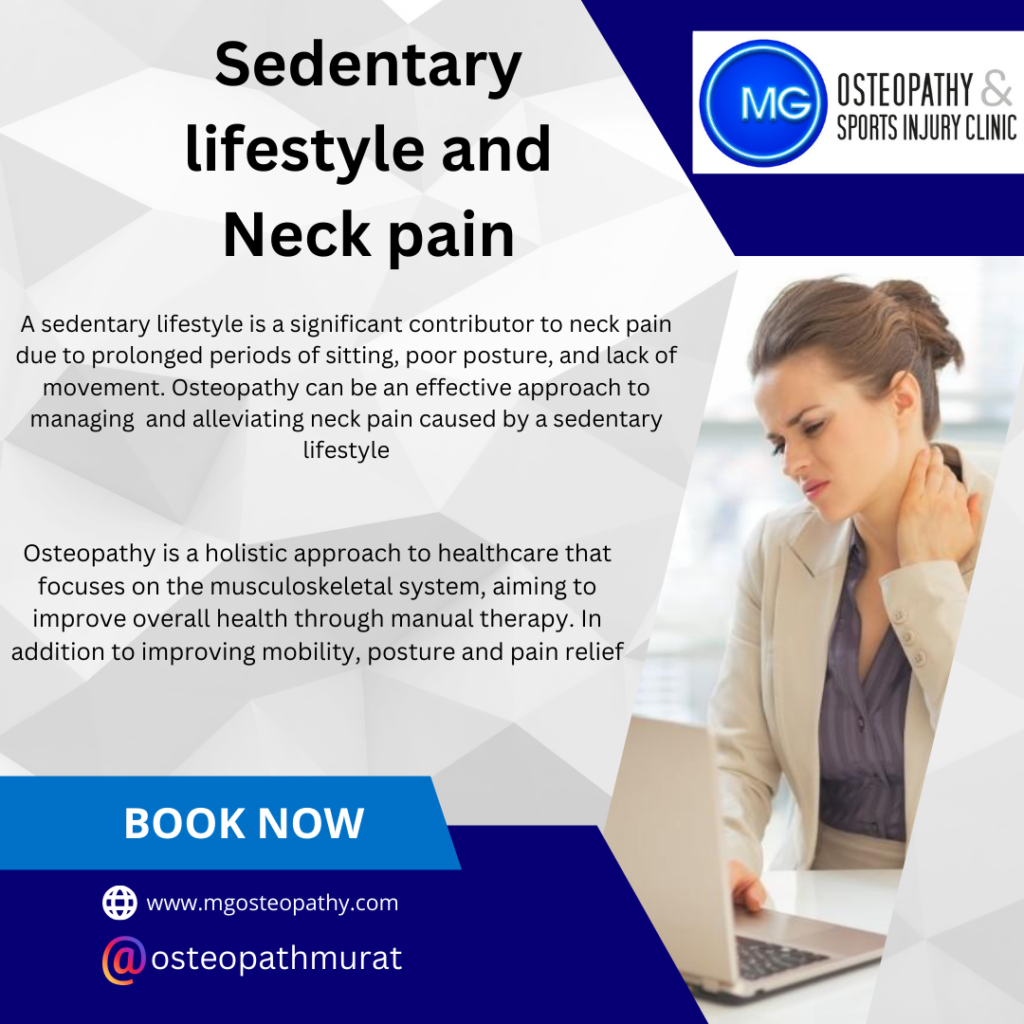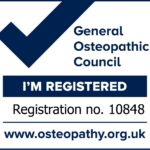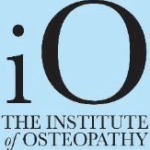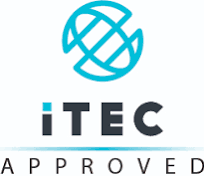A sedentary lifestyle is a significant contributor to neck pain due to prolonged periods of sitting, poor posture, and lack of movement. Osteopathy can be an effective approach to managing and alleviating neck pain caused by a sedentary lifestyle. Here’s how osteopathy can help and what you can expect from osteopathic treatment:
How a Sedentary Lifestyle causes Neck Pain
- Poor Posture:
- Sitting for long periods, especially with poor ergonomics, often leads to slouching or forward head posture, putting strain on the neck muscles and spine.
- Muscle Imbalance:
- Lack of physical activity can lead to muscle imbalances, where some muscles become tight and overactive while others become weak and underused, contributing to neck pain.
- Decreased Mobility:
- Prolonged sitting can reduce the mobility of the cervical spine (neck), leading to stiffness and discomfort.
- Increased Stress:
- A sedentary lifestyle can increase overall stress levels, which often manifests physically as tension in the neck and shoulders.
How Osteopathy Can Help
Osteopathy is a holistic approach to healthcare that focuses on the musculoskeletal system, aiming to improve overall health through manual therapy. Here’s how osteopathy can help with neck pain:
- Assessment and Diagnosis:
- Osteopaths conduct a thorough assessment of your posture, range of motion, and muscle imbalances to identify the root cause of neck pain.
- Manual Therapy:
- Soft Tissue Manipulation: Osteopaths use hands-on techniques to massage and release tension in the muscles and soft tissues of the neck and surrounding areas.
- Joint Mobilization: Gentle techniques are used to improve the mobility of the cervical spine and reduce stiffness.
- Muscle Energy Techniques (METs): These involve the patient actively using their muscles against a controlled resistance provided by the osteopath, helping to relax and lengthen tight muscles.
- Postural Correction:
- Osteopaths provide guidance on improving posture and ergonomics, advising on proper workstation setup and postural habits to prevent further strain on the neck.
- Exercise Prescription:
- Osteopaths recommend specific exercises to strengthen weak muscles, improve flexibility, and maintain the health of the neck and upper back.
- Lifestyle Advice:
- Osteopaths offer advice on lifestyle modifications to reduce the impact of a sedentary lifestyle, including incorporating more movement into your day and strategies for stress management.
Benefits of Osteopathic Treatment for Neck Pain
- Pain Relief:
- Osteopathic treatments can effectively reduce neck pain and associated symptoms, such as headaches and shoulder pain.
- Improved Mobility:
- Techniques used by osteopaths can increase the range of motion in the neck, reducing stiffness and improving overall function.
- Enhanced Posture:
- Postural corrections and exercises can help you maintain a better posture, reducing the likelihood of recurrent neck pain.
- Holistic Approach:
- Osteopathy addresses not just the symptoms but also the underlying causes of neck pain, promoting long-term health and well-being.
- Non-Invasive Treatment:
- Osteopathic treatments are non-invasive and drug-free, making them a safe option for many individuals.
Integrating Osteopathy into Your Routine
To make the most of osteopathic treatment, it’s important to integrate the advice and exercises provided by your osteopath into your daily routine. Regular follow-up sessions may be recommended to monitor progress and make adjustments as needed.
By addressing the root causes of neck pain and promoting overall musculoskeletal health, osteopathy can be a valuable part of your strategy to combat the effects of a sedentary lifestyle and improve your quality of life.
In conclusion:
A sedentary lifestyle is one of the most common causes of neck pain, as we sit in front of the screen nowadays in an uncomfortable position. which could cause: neck stiffness, muscle pain, a decrease in neck mobility, headache and shoulder pain. At Mg, we can help you manage this pain by applying hands-on treatment and following up with rehab and advice to prevent it from happening in the future.





